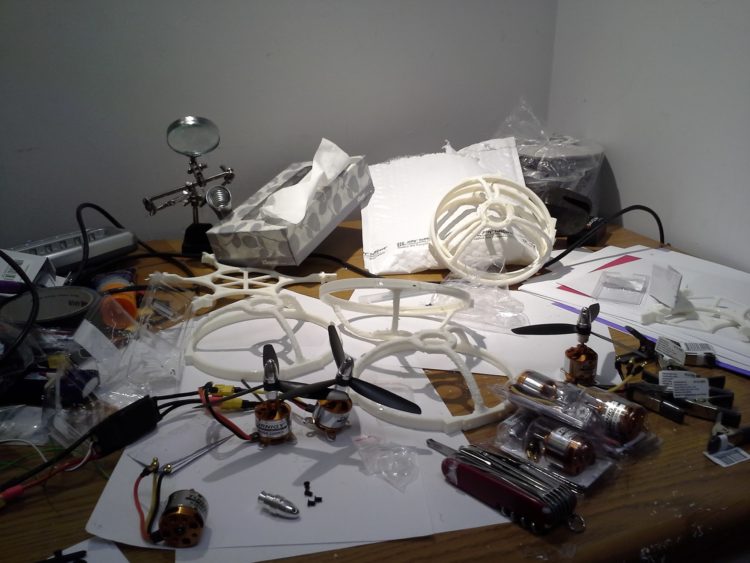
Photo credit: Pia Zaragoza, via UNICEF
In March 2014, Patrick Meier invited the ICT4Peace Foundation to give input into what at the time was a draft note around creating a global network of civilian UAV pilots to support humanitarian efforts. The draft concept note was a compelling call to focus on what is already a growing practice of using UAVs for non-lethal purposes, ranging from post-disaster needs assessments to their use in development programmes. The stigma justifiably associated with and perception of UAVs as vehicles of lethal harm is rooted in, to date, their predominant real-world use as offensive machines of war, anchored to discourses on terrorism. Meier’s vision, as we saw it, was to create the space and a platform to study, explore, champion and critically analyse examples where UAVs were used “in a safe and ethical way that gains public acceptance and trust” by creating “a global volunteer network of responsible civilian and hobbyist UAV pilots to facilitate information sharing, coordination and operational safety in support of humanitarian efforts.”
The Foundation’s feedback, by its Special Advisor Sanjana Hattotuwa, flagged the UN Human Rights High Commissioner’s reference to UAV’s at the Human Rights Council’s 25th Session in March this year, and was anchored to,
- Issues of spectrum management, so as to avoid mid-air collisions and radio frequency interference that in high density operations, can lead to inadvertent harm to operators and others in and around flight paths,
- The pre-dominant need for ethical frameworks to govern the use of UAVs in humanitarian domains and contexts, and a rights based approach to their introduction, including the information collected as a consequence of their operation.
- To create a global forum for an open, civil discussion on the use of UAVs for non-lethal purposes
- The need to differentiate (in terms of operational ceiling but also based on intent) UAV operations in humanitarian contexts with UAVs that provide Internet access, for example, as mooted by several companies to date.
- Working with existing groups and platforms like Crisis Mappers, OpenStreetMaps and Tomnod to see how UAV derived imagery could be used to crowdsource and expedite analysis.
- How higher frequency of image gathering along with better resolution, the greater possibility of community ownership of and access to UAV acquired information, far lower operational costs in comparison to satellite image acquisition and analysis, faster capture to delivery mechanisms and other factors position UAV imagery as that which can complement (not replace) traditional satellite imagery based analysis and responses around disasters.
- The challenge of regulating or governing UAV use around disasters, and despite these challenges, the need for some sort of regulation and governance around their use via a Code of Conduct and other enabling legislation on international and domestic levels
- The need to proactively generate ideas and critically analyse use cases around UAV use in non-lethal contexts, so that best practices can be drawn up from their increasing use globally
Subsequent to this feedback and the launch of uaviators.org, the Foundation was invited by Patrick Meier to become one of the network’s founding advisors, comprised of some of the world’s leading thinkers, researchers and operators of UAVs in non-lethal domains.
We are particularly pleased at the launch of UAViators (pronounced wavy-ay-tors), and recognise the thought-leadership of Meier and others who have contributed to this global effort at envisioning, and indeed, hopefully directly shaping the future of UAV operations in humanitarian and other peacebuilding, peacekeeping and conflict transformation contexts.
The Foundation will continue to work with UAViators to provide, first and foremost, a rights based and ethical perspective on operations – both current and planned – and also work with others in further developing a Code of Conduct. We invite you to contribute, and join this unique network.
